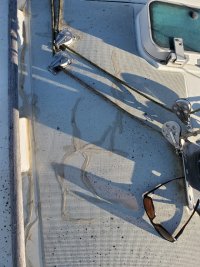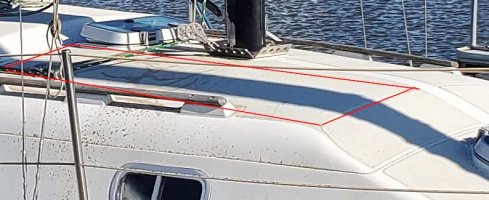"My question is, once the cut-out portion of the deck is made and internal repairs completed, putting back the cut-out portion of the deck...what do you use to mend the cut-out edges to blend in with the rest of the deck so it does not look like a stitched patch?? "
That my dear Watson...... : ) In a few words, it will always look like a repair unless you are very very good. If it is a large area, you are just best removing ALL the non-skid and doing kiwi grip or something like it over the entire area. If the area(s) is small, you can painstakingly try to copy the non-skid pattern with chisels/awl/etc etc; or even use a flexible mould (eg. Gibco) and roll out gel on top of the repair to match existing. But very difficult, almost impossible to match perfectly.
How-To Videos | Gibco Flex-Mold, Non Skid Surfaces
gibcoflexmold.com
I had a Capri 25 that had major deck damage at the edge and the non skid. The hull had a 2’ long hole from a collision and the deck was crushed. I repaired the hull and for the non skid I made my own mold from the non-skid on the other side of the boat. I have photos archived and can write up my process of the repair if you would like, when finished I was quite happy with the result. About a 3’ section 12” wide.
I also have a soft spot I noticed in the spring and will be removing the core material or coming up with some type of fix. I’m not cutting the skin off the bottom nor the non skid... thinking thru some ways to tackle this process, mine is starboard side up at the anchor locker.





